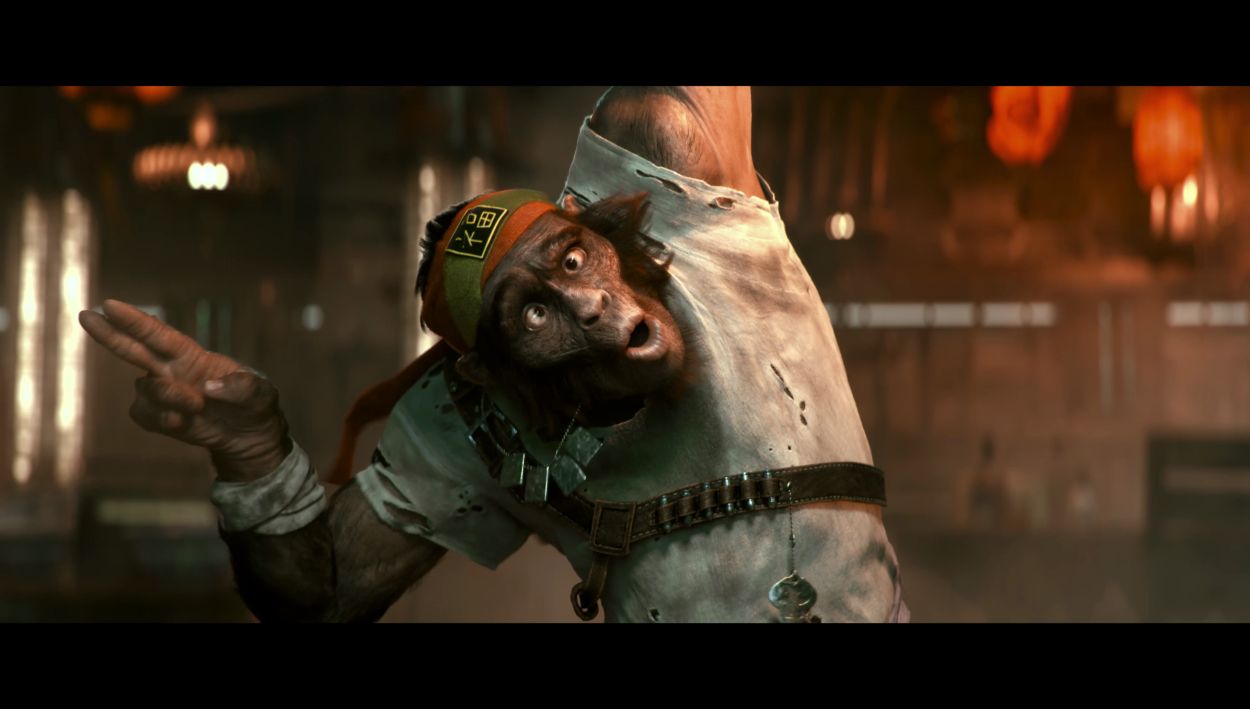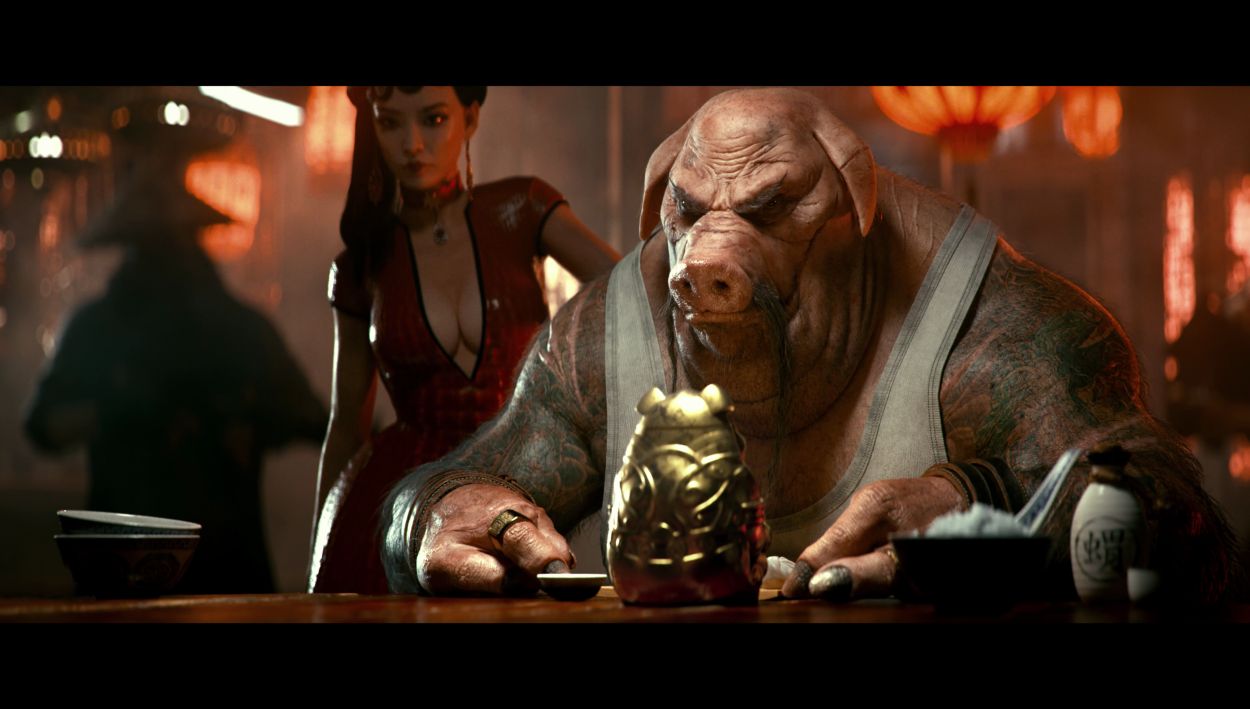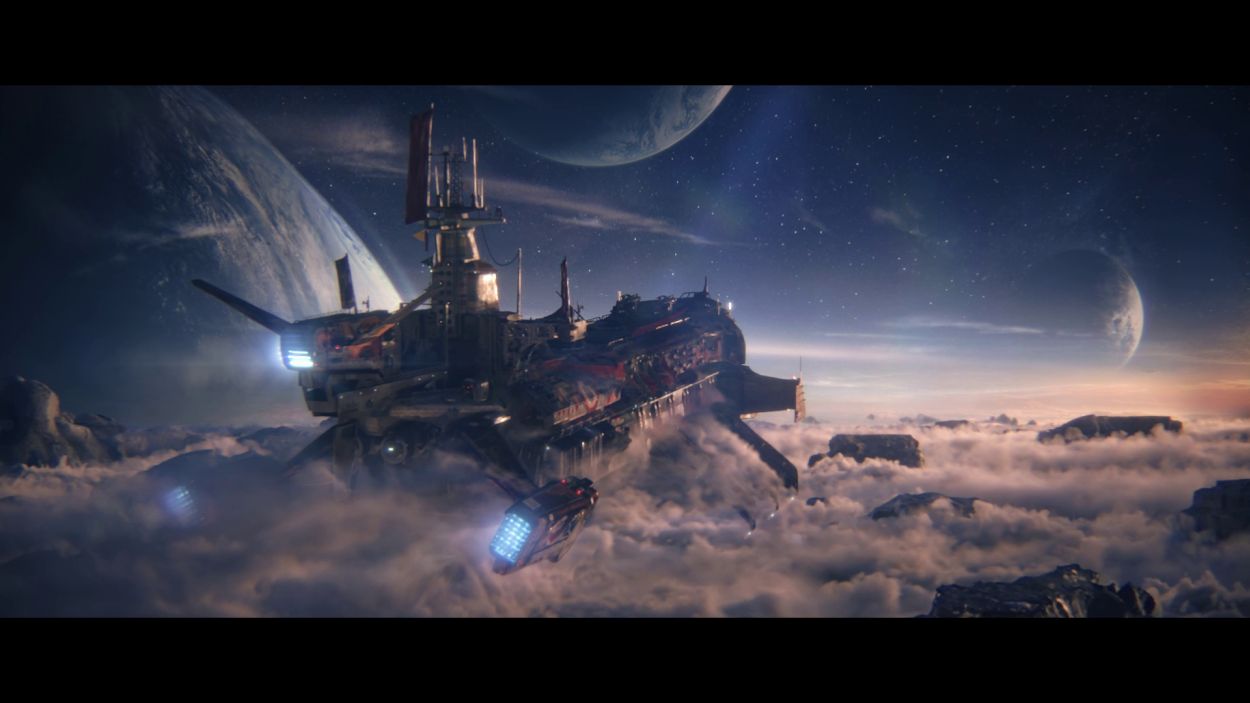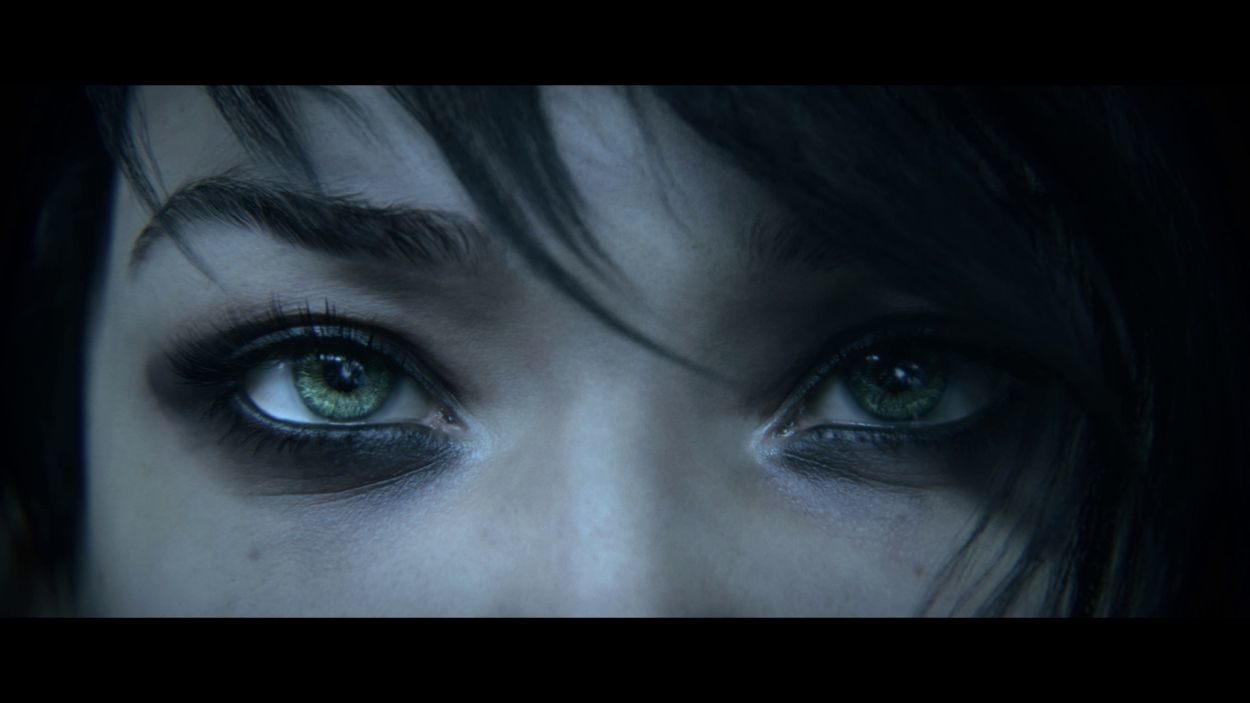Best Game Cinematic: „Beyond Good and Evil 2“ Cinematic Trailer
Very few studios in the world have the high-end skill set needed to garner a nomination in the “Best Game Cinematic” category. Unit Image from France is one such studio, and this year they even had two trailers up for the prize. In the end, it was their cinematic announcing the second instalment of the game “Beyond Good and Evil” that won over the animago jury and garnered them the trophy.
The first instalment of “Beyond Good and Evil” appeared 14 years ago. Although it received critical praise, it failed to live up to financial expectations, which is why Ubisoft didn’t initially plan on creating a sequel. Over the years, the game developed a hard core group of loyal fans, plus the game’s director and designer Michel Ancel continued to have a soft spot for it. So, in 2007, Ancel presented Ubisoft with a brand-new concept for a second instalment. As late as 2011, Ubisoft was still insisting that the absence of the game was due to impossibly high technical demands. However, only one year later, Ancel was able to confirm that part two was in development. Official confirmation from Ubisoft followed in 2016. When Unit Image’s announcement trailer had its premiere at this year’s E3 exhibition, it generated even more anticipation for the next fixture in the “Beyond Good and Evil” universe, even though the game is not expected to be released before 2018.
Premier League cinematics
Game cinematics are in a league of their own: all team members must have an extremely wide range of expertise, the clients usually have very high quality demands, and the timeframe available to all involved is often very tight, usually thanks to those fast-approaching premiere dates at large games exhibitions, such as E3 and Gamescom. For its part, the animago jury is always looking for a game cinematic that has technical perfection as well as excellent storytelling, character management and emotional ambience – all in equal measure.
Unit Image used a wide range of software packages to complete its cinematic, including 3ds Max, ZBrush, Maya, Houdini, V-Ray, ZBrush, After Effects, Premiere and Final Cut.
Hybrid Characters
The special challenge presented by this project was the hybrid human-animal characters, whereby the artists had to find the perfect balance between a fictional and realistic depiction. For example, the modellers worked closely together with the setup artists on the fur and multiple props of Knox the chimpanzee so that the asset would move in a manner that was as physically correct as possible.

One particular challenge was endowing human-like facial expressions to the pig character. For these, the team used 5 to 700 blend shapes drawn from a database, depending on the temperament. They also added micro movements in the skinning process. The artists simulated the pig’s fat masses using bags under the skin that allowed them to generate fat collisions under the arms, chest and belly. This also made it possible to depict several muscle contractions when the pig becomes very angry.
For the human and animal skin, Unit Image used the new VrayALSurfaceMtl shader for the first time; this took care of many details, especially in combination with VrayDisplacementMod.

Efficient Environments
The first step in designing the many sci-fi environments involved breaking down the concept art into smaller assets. First, the team modelled the city with low-poly assets and put together every shot in the same manner. They followed this up with the detail work. For example, they used the Forest Pack plug-in for 3ds Max to generate the greenery. To keep the production as efficient as possible, they reused and duplicated different assets and treated secondary vehicles like particles, which made it possible to have many of them in one scene. Thanks to V-Ray proxies, it was easy to duplicate high-poly geometries, such as temples and trees, which saved a lot of RAM.
The artists sought to keep the shading of the assets in the environment as simple as possible: a good albedo, some maps to break the reflection and shine, and some VrayBlends to blend the shaders sufficed. For some assets, the artists used Substance Painter, which designed the shading process very intuitively. To minimise RAM usage, the team converted the textures into a TX format, which meant that all textures were changed into multi-resolution tiled images so that the render engine loaded only the absolutely necessary portions and relevant parts of the texture for each frame. This way, 8K maps in the background were prevented from being unnecessarily rendered.
The explosions were created using Phoenix FD, the smoke using Fume FX. The clouds were created from small patches made in PhoenixFD and loaded in VrayVolumeGrids. Unit Image created a library out of these 3D volumetric stock shots, which gave them more control over the density of the clouds in each image area.

Rendering
The average render time for one frame was 3 hours. The complete film has roughly 6,000 frames, which meant a total rendering time of 18,000 hours. Of course, every shot was rendered several times for optimization. The team was able to improve the lighting and animation using continuous samplers of V-Ray with a short time value of 5 to 30 minutes. After the lighting was validated and all problems solved, Unit Image rendered the final image using good samples.
(Mirja Fürst)

